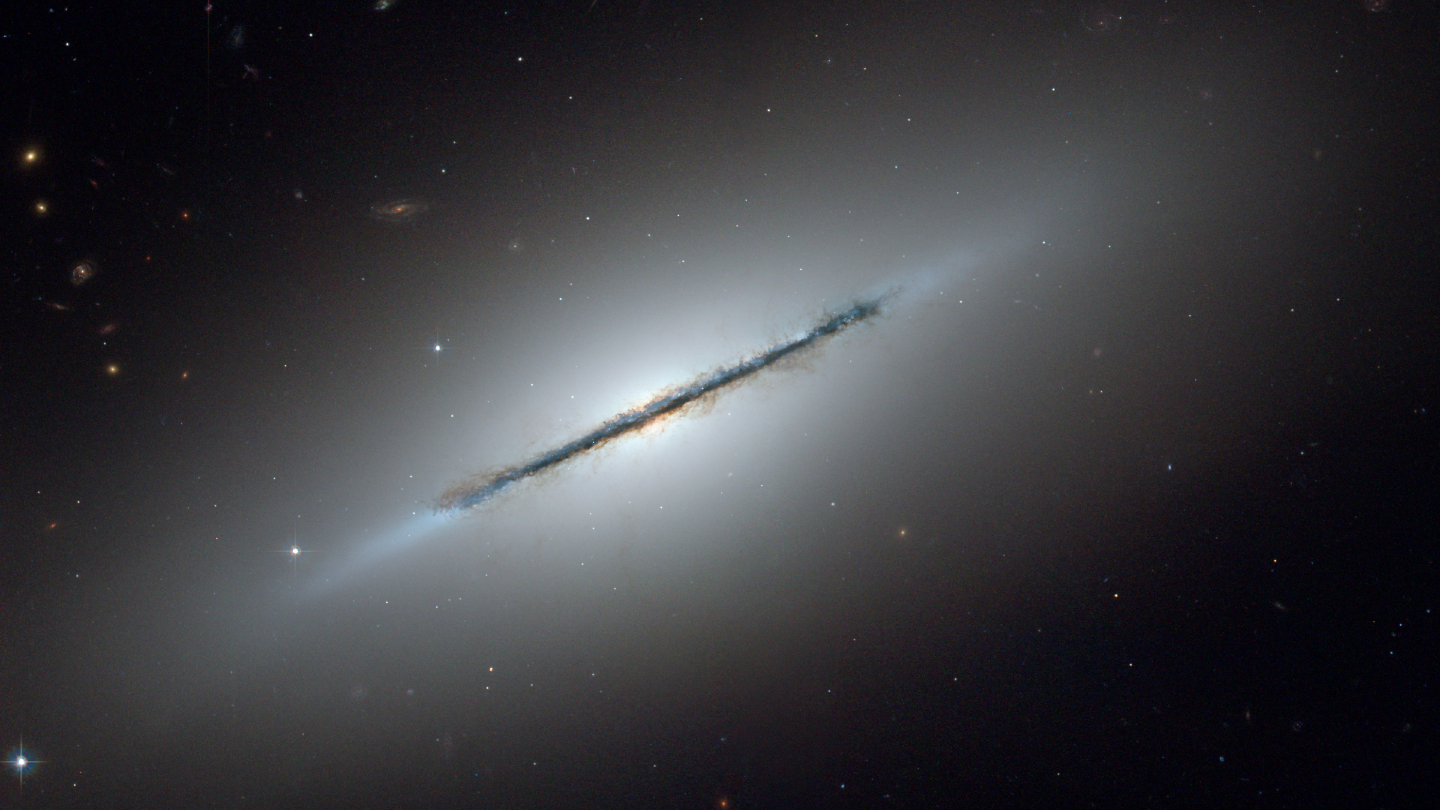The Milky Way might have once looked more like a legume than a starry whirlpool.
“Lenticulars have always been sort of the abandoned stepchild of [galaxy] morphology,” says astronomer Christopher Conselice of the University of Manchester in England, who wasn’t involved in the study. But this paper puts them into focus, he says, as being a major aspect of how galaxies change.
Lenticulars get their name from the way their entire halo of stars, when viewed edge on, bulges in the middle and thins out toward the sides, much like a lentil. These galaxies exhibit a confusing mix of properties that’s made their presumed place in the middle of galaxy evolution sequences rather suspect.
“We’ve known for a while that that’s almost certainly not correct,” Conselice says. Particularly puzzling is that lenticulars, despite their spiral-like disks, don’t have lots of gas, which hinders them from producing new stars. Spiral galaxies do have lots of star-forming gas, and scientists aren’t sure why lenticular galaxies don’t.
2023-08-08 07:00:00
Link from www.sciencenews.org





















